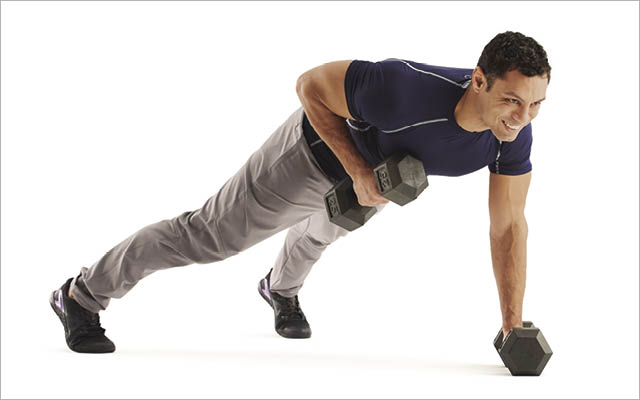
It’s been a rainy week — so much so, in fact, that I was forced to leave my bicycle in the garage on Thursday and hoof it across the bridge and up the hill to the office. It’s about a 15-minute walk on a good day, one that always helps me appreciate the fact that I can still get around pretty well as I make my way through advanced middle age.
I appear to be bucking a trend, if a new study out of the University of Vermont is any indication. Published in the Journal of the American Geriatrics Society, the research noted that the use of various “mobility devices” — canes, walkers, and scooters —has increased by 50 percent in the past decade. Today, about a quarter of Americans over 65 uses one or more of these devices to get around.
Nancy Gell, PhD, an assistant professor of rehabilitation and movement science at the U of V and author of the study, wanted to find out why so many geezers have opted for this sort of assistance.
But her conclusions were apparently inconclusive:
“She considered multiple factors including whether the increase is due to greater acceptability, greater longevity and a correction for unmet needs in previous decades. The main culprit could be the underlying problems leading to mobility device use in the first place such as obesity, strength deficiencies or issues with balance or cognition. More research is needed, she says, to understand if greater reliance is tied to physical issues such as obesity and weakness or to social issues such as greater acceptability and access.”
To her credit, Gell acknowledges a painful irony embedded in this phenomenon: Older folks who get around with a cane or a walker are doing all they can to stay active, but they’re also more likely to fall over and end up in the ER. “The question is if it’s better to be active or sedentary and not risk falling. We think it’s better to be active,” she said in a statement released by the university. “My work is always focused on the idea of return to function and how to help people stay active as they age.”
My own inspiration in this matter comes from My Lovely Wife, whose right knee has been operating without the benefit of cartilage for the past 40 years — the result of a freak injury and a questionable surgical solution. She could’ve made use of a stylish cane years ago, but has chosen instead to focus on healthier ways to move through the study of Feldenkrais and a weekly yoga session. And she makes a point to get on her bicycle and pedal somewhere every day that our Minnesota weather allows.
Those bicycle excursions have proven to be wonderfully therapeutic for both of us — especially when our creaky knees are protesting some form of overuse. I can’t predict whether we’ll be employing canes or walkers at some point down the road, but right now I can’t imagine a better mobility device than our trusty two-wheelers or a better approach to mobility as we age than, well, moving.



This Post Has 0 Comments